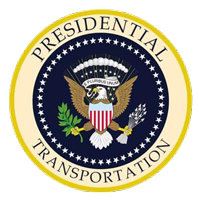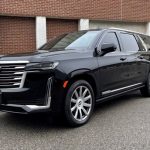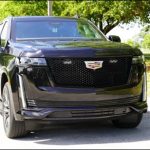The Basics of Armored Cars and Their Utilization in Protective Services
An armored vehicle’s primary duty is to deflect the initial burst of fire and keep its ability to drive out of an ambush. Its secondary functions include protecting its occupants from danger, maintaining some level of performance, and operating in hostile areas.
All vehicles, even armored vehicles, have traits that determine how well they work. Performance and protection are traded off in an armored vehicle; the greater protection, the lower the performance. Building an armored vehicle that has a high defeat capability, maintains its performance qualities, and has a respectable lifespan is challenging at best.
After a preliminary consultation, which determines the client’s level of protection needs, the interior of the car is dismantled to make room for the different modifications required for car armoring.
Utilization in Protective Services
The purpose of armoring, which involves making changes to the glass, floors, pillar posts, roof, doors, fuel tank, tyres, batteries, and more, is to “create a cocoon of safety by encircling the passenger cabin.”
The fundamental element that protects the occupants of a bulletproof vehicle from injury is armor reinforcement. A properly armored vehicle will have numerous plates made of corrosion-resistant steel, steel alloys, or specialized composite materials around everyone riding in it as a protective shell.
Compared to sheet metal used in regular vehicles, the material utilized in armored car sales is substantially thicker. The armor thickness in a vehicle designed to withstand bullets fired from strong assault rifles can be greater than a quarter of an inch. Additional layers of protection can be provided by using ballistic fiberglass or cloth liners.
A vehicle that is bulletproof can be modified from the ground up or manufactured from scratch by bonding armor to a bare chassis. The latter scenario involves virtually stripping the interior of the target car, truck, or van so that armor may be placed on the walls, roof, pillar posts, firewall, doors, and floor. The weak seams between the doors and the body are sealed by the insertion of strips of armor known as door overlaps. A steel partition may also be present in some armored vehicles between the driver’s seat and the passenger or cargo area.
However, even if its occupants are well-defended against firearms, a bulletproof car or truck can only offer momentary safety if it is rendered immovable. The ability of a bulletproof vehicle to swiftly transport its passengers to safety and away from the scene of violence during an attack is crucial. Therefore, the vehicle’s critical mechanical components must also be protected.
The suspension of an armored vehicle must be strengthened to support the added weight. Upgraded brakes are also required in order for the modified vehicle’s increased bulk to be stopped. Because armored doors weigh so much, each one needs a third hinge to withstand the additional weight.
An armored car must be able to withstand the initial barrage of fire and be able to flee the attack. The enemy will focus their fire on the glass in brief bursts at a particular spot if the car is armored.



